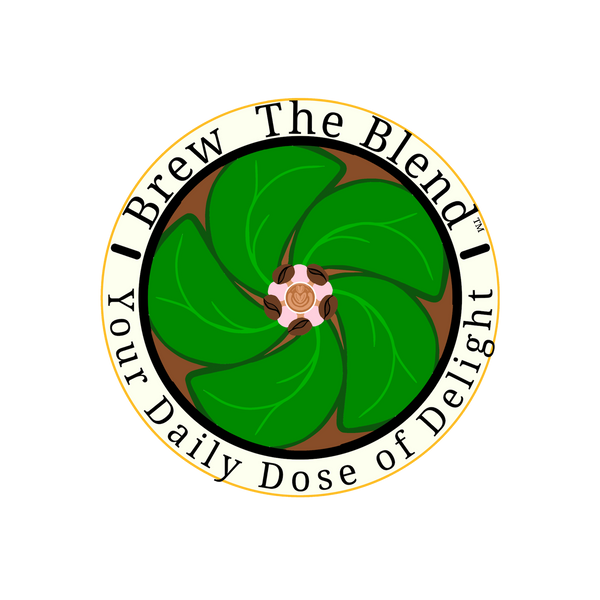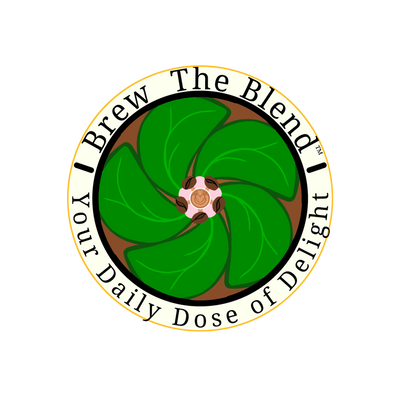
What is pour-over coffee, and how does it differ from drip coffee?
If you’ve ever seen someone slowly pour hot water over fresh coffee grounds while standing in a quiet kitchen, chances are you’ve witnessed pour-over coffee. It may look simple, but there’s more happening beneath the surface. Pour-over coffee is all about control.
Now, let’s address the question that often arises: Isn’t this drip coffee with extra steps? Not quite. While both methods involve hot water dripping through ground coffee and a filter, pour-over doesn’t rely on machines. It’s manual from start to finish. This means you can adjust factors like water temperature, pouring speed, and bloom time—automatic drip machines usually overlook these details.
People often ask, “Does it make a difference?” If you care about flavor clarity, brightness, and balance, then yes, it does. To learn more about pour-over coffee, keep reading.
How does Pour Over Brewing Work?
If you've ever watched someone prepare pour-over coffee as if it were a quiet morning ritual, you’ll understand—it’s less about rushing and more about tuning in. There’s no push-button magic here. Just a pour-over coffee brewer, hot water, patience, and your full attention. That’s where the charm resides. However, beyond the serene atmosphere, there’s a method worth understanding.
What is pour-over coffee? It’s a brewing method in which hot water is manually poured over freshly ground beans in a paper or metal filter. The water gradually passes through the grounds and drips into a vessel below. It might sound basic, but that’s the key—pouring coffee by hand gives you control over the pace, saturation, and even temperature retention, which alters everything in the cup.
Here’s where it gets interesting:
- The water flow rate decides how much extraction occurs. Too fast? Weak and bland. Too slow? Bitter and muddy.
- Pouring direction matters. Spirals help saturate evenly.
- Even the kettle’s spout shape influences your pour. Gooseneck kettles are popular not for looks but for their precision.
That’s what makes it worth learning. You're not just pouring coffee. You're shaping the story in every sip.
Read More: How long to cook raw brew method?
What Makes It Different from Drip Coffee Machines
A drip coffee machine handles everything—water heating, saturation, and flow—but it treats all beans the same. When your beans are exceptionally fresh, there's no slowing down.
Now, coffee poured by hand using the pour-over method brings a human rhythm to the brew. You control how the water interacts with the coffee grounds, pause when needed, and adjust the angle.
That’s why pour-over coffee often has greater depth, clarity, and brightness. You give each ground the precise attention it requires at that moment. Machines typically release water through 5-7 tiny holes. A hand coffee pouring session can distribute that same water more evenly across the entire bed.
Flavor and Texture: What to Expect in Each Cup

When it comes to manual coffee brewing, every choice affects what ends up in your cup. Let’s explore the changes and their significance.
1. Clarity over Complexity – Pour Over’s signature touch
The pour-over coffee technique gives you a cup that feels almost transparent in flavor. This happens because the slow and steady pour extracts the optimal amount from each part of the coffee bed. No muddiness or over-extracted bitterness lurks underneath. This is especially noticeable with lighter roasts, where fruity or floral tones come through clean.
2. Texture: Silky, not syrupy
One thing that surprises many first-timers? The texture. With manual coffee brewing, the result isn’t thick or oily like what you’d get from a French press. Instead, pour-over yields a cup that’s light but not watery, with a silk-like consistency that glides smoothly. The paper filter holds back oils and tiny particles that would otherwise weigh the cup down.
3. Bitterness: A Matter of Control
Bitterness is an area where machines often fall short. Their coffee extraction method tends to be more rigid; water is dumped all at once, which can lead to over-extraction in certain areas while neglecting others. With manual coffee brewing, you can control the water flow, allowing for a balanced draw. This helps you avoid that sharp edge on the back of your tongue and instead experience gentle richness, often with a hint of sweetness.
4. Aroma: Heightened and Honest
The aroma of a pour-over brew is in a league of its own. You can smell the changes in the air with each stage of brewing, from the initial bloom to the final pour. Because the pour-over coffee technique is slower, you get a more extended, layered scent experience. It’s not just “coffee smell”—you’ll catch the fragrance of toasted almonds, citrus, and even floral hints, depending on the bean.
5. Consistency vs. Character
Drip machines aim for consistency, but they lack personality. The pour-over coffee technique makes some sips feel brighter depending on your grind, water flow, or mood while brewing.
Read More: What Is Drip Coffee? A Beginner's Guide to Easy Brewing
Why Water Quality Changes Everything
One thing most guides overlook? Water! However, water isn’t just the medium for pour-over coffee—it comprises 98% of your cup.
Tap water may be fine for boiling pasta, but it can change the delicate flavors in manual coffee brewing. Chlorine, excess calcium, and heavy metals can all interfere with how coffee is extracted and tastes.
Want a richer, more expressive cup? Try this:
- Use filtered or low-mineral water (like soft or lightly mineralized spring water).
- Aim for water with TDS (Total Dissolved Solids) between 75-150 ppm. It strikes the right balance—enough minerals to carry flavor, not enough to mask it.
- If unsure, inexpensive TDS meters can help you test your water at home. For a balanced flavor, look for water with a pH between 6.5 and 7.5.
- Temperature matters too: the sweet spot is 195°F–205°F (90–96°C). Below that, you'll under-extract. Too hot, and bitterness sneaks in.
- Don’t pre-wet your filter with tap water; this is where many go wrong. If your paper filter absorbs impure water, it carries that flavor into your brew. Always rinse your filter with the same clean, heated water you’ll use to brew. It removes the papery taste and pre-warms your carafe or mug.
This change can reveal vibrant notes you didn’t even know your beans had, such as berry, citrus, or chocolate tones.
Remember that manual coffee brewing isn’t just about the technique; it’s about knowing what you’re working with—your kettle, beans, and water. Treat it right; your brew won’t just be “good.” It’ll be unforgettable.
Read More: What is the difference between a cappuccino and a latte?
Ready to brew the perfect pour-over cup?

So, what is pour-over coffee really about? It’s coffee made by hand—each drop placed with care, extracting flavors most machines never reach. Compared to button-based brewers, pour-over gives you more than a cup. It gives you presence. Every swirl and pour changes what hits your tongue.
Now, is pour-over coffee worth it? If you enjoy knowing exactly what’s in your cup, how it was made, and why it tastes the way it does, all these questions have already been addressed. Additionally, if you are searching for the best coffee beans for pour-over that preserve flavor, consider getting some from Brew the Blend. Let your mornings begin with great taste and flavors.
FAQs
How to make pour-over coffee?
Place a filter in your pour-over coffee system, rinse it with hot water, and add freshly ground beans. Use water just off the boil and pour gently in circles.
How to brew pour-over coffee?
You can start with hot water at approximately 197.6°F–205°F (92–96°C) and medium-fine grounds. Pour a bit to bloom the coffee, then slowly add the rest in circular pours.
How to pour-over coffee?
Consider using a gooseneck kettle if possible—it provides better control. Begin with a small pour to wet the grounds, wait 30 seconds, and then continue pouring slowly.
How much coffee to pour over?
The ideal ratio for a great pour-over coffee is between 1:15 and 1:17—precisely, 0.71 oz (20g) for 10 oz (300 ml) of water. If you prefer a stronger brew, opt for a 1:14 ratio.
What is pour-over quality coffee?
It’s a bright cup that allows your beans to speak loud and clear, without filters. Anticipate a finish due to the slow water flow and paper filter.

